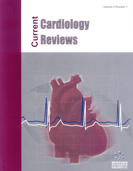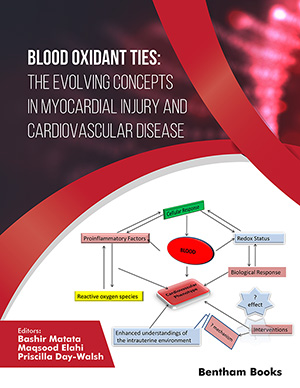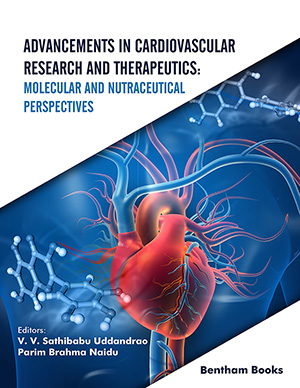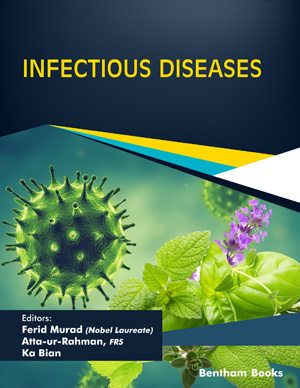Abstract
The association between cryptogenic stroke (CS) and patent foramen ovale (PFO) with or without atrial septal aneurysm (ASA) has been a debate for decades in terms of pathophysiologic processes and clinical courses. This issue has become more interesting and complex, because of the concerns associating the CS with so-called normal variant pathologies of interatrial septum, namely ASA and PFO. While there is an anatomical pathology in the interatrial septum, namely PFO and ASA, the embolic source of stroke is not clearly defined. Moreover, in patients with PFO and CS, the risk of recurrent stroke has also been associated with other PFOunrelated factors, such as hyperlipidemia, body mass index, diabetes mellitus, and hypertension, leading to the difficulty in understanding the pathophysiologic mechanism of CS in patients with PFO and/or ASA. Theoretically, the embolic source of cryptogenic stroke in which PFO and/or ASA has been involved can be categorized into three different anatomical locations, namely PFO tissue and/or ASA tissue itself, right or left atrial chambers, and venous vascular territory distal to the right atrium, i.e., inferior vena cava and lower extremity venous system. However, the possible role of paroxysmal atrial fibrillation associated with PFO and/or ASA as a source of cryptogenic stroke has never been mentioned clearly in the literature. This review aims to explain the association of cryptogenic stroke with PFO and/or ASA in a comprehensive manner, including anatomical, clinical, and mechanistic aspects.
The potential role of paroxysmal atrial fibrillation and its contribution to clinical course have been also discussed in a hypothetical manner to elucidate the pathophysiology of CS and support further treatment modalities.
Keywords: Stroke, cryptogenic stroke, atrial septal aneurysm, patent foramen ovale, atrial fibrillation, pathophysiology.
[http://dx.doi.org/10.5551/jat.56440] [PMID: 32684557]
[http://dx.doi.org/10.1161/STROKEAHA.116.016414] [PMID: 28265016]
[http://dx.doi.org/10.1016/S1474-4422(13)70310-7] [PMID: 24646875]
[http://dx.doi.org/10.1212/WNL.55.8.1172] [PMID: 11071496]
[http://dx.doi.org/10.1016/S0025-6196(12)60336-X] [PMID: 6694427]
[http://dx.doi.org/10.4065/74.9.862] [PMID: 10488786]
[http://dx.doi.org/10.1016/j.jacc.2005.08.038] [PMID: 16256883]
[http://dx.doi.org/10.1056/NEJMoa1705915] [PMID: 28902593]
[http://dx.doi.org/10.1056/NEJMoa1707404] [PMID: 28902580]
[http://dx.doi.org/10.1016/j.ijcard.2016.08.220] [PMID: 27567234]
[http://dx.doi.org/10.1053/euhj.2001.2293] [PMID: 11161938]
[http://dx.doi.org/10.1016/j.tcm.2022.02.006] [PMID: 35181471]
[http://dx.doi.org/10.1093/sleep/25.8.21] [PMID: 12489891]
[http://dx.doi.org/10.1378/chest.107.6.1504] [PMID: 7781337]
[http://dx.doi.org/10.1016/S0140-6736(88)92944-3] [PMID: 2898621]
[http://dx.doi.org/10.1136/pgmj.2006.051094] [PMID: 17344571]
[http://dx.doi.org/10.1136/bcr-2020-240312] [PMID: 33883112]
[http://dx.doi.org/10.4103/aca.ACA_120_19] [PMID: 34269269]
[http://dx.doi.org/10.1016/j.amsu.2021.102426] [PMID: 34141413]
[http://dx.doi.org/10.1016/j.jcin.2021.03.034] [PMID: 34217629]
[http://dx.doi.org/10.1093/ehjcr/ytab100] [PMID: 34124547]
[http://dx.doi.org/10.1093/ehjcr/ytaa580] [PMID: 33738414]
[http://dx.doi.org/10.1080/14017431.2019.1667525] [PMID: 31544553]
[http://dx.doi.org/10.1155/2019/3215765] [PMID: 31061729]
[http://dx.doi.org/10.1161/01.CIR.99.15.1942] [PMID: 10208995]
[http://dx.doi.org/10.1056/NEJMoa1009639] [PMID: 22417252]
[http://dx.doi.org/10.1056/NEJMoa1211716] [PMID: 23514285]
[http://dx.doi.org/10.1161/CIRCULATIONAHA.107.727271] [PMID: 18316488]
[http://dx.doi.org/10.1001/jamacardio.2017.3180] [PMID: 28842973]
[http://dx.doi.org/10.1161/CIRCULATIONAHA.117.028845] [PMID: 28778946]
[http://dx.doi.org/10.1016/j.hrthm.2017.04.026] [PMID: 28506913]
[http://dx.doi.org/10.1159/000529105] [PMID: 36750045]
[http://dx.doi.org/10.3389/fneur.2020.00503] [PMID: 32582015]
[http://dx.doi.org/10.1056/NEJMoa1301440] [PMID: 23514286]
[http://dx.doi.org/10.1016/j.jacc.2018.02.046] [PMID: 29544871]
[http://dx.doi.org/10.1056/NEJMoa1610057] [PMID: 28902590]
[http://dx.doi.org/10.1161/STROKEAHA.117.018153] [PMID: 29760277]
[http://dx.doi.org/10.1161/JAHA.117.008356] [PMID: 29910193]




















